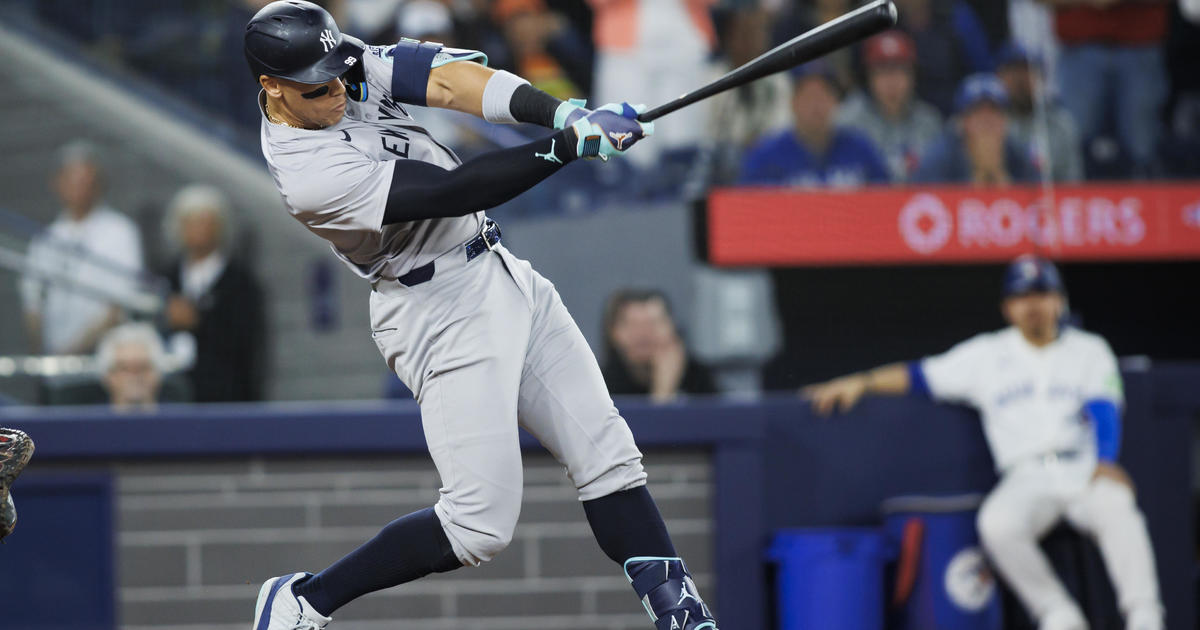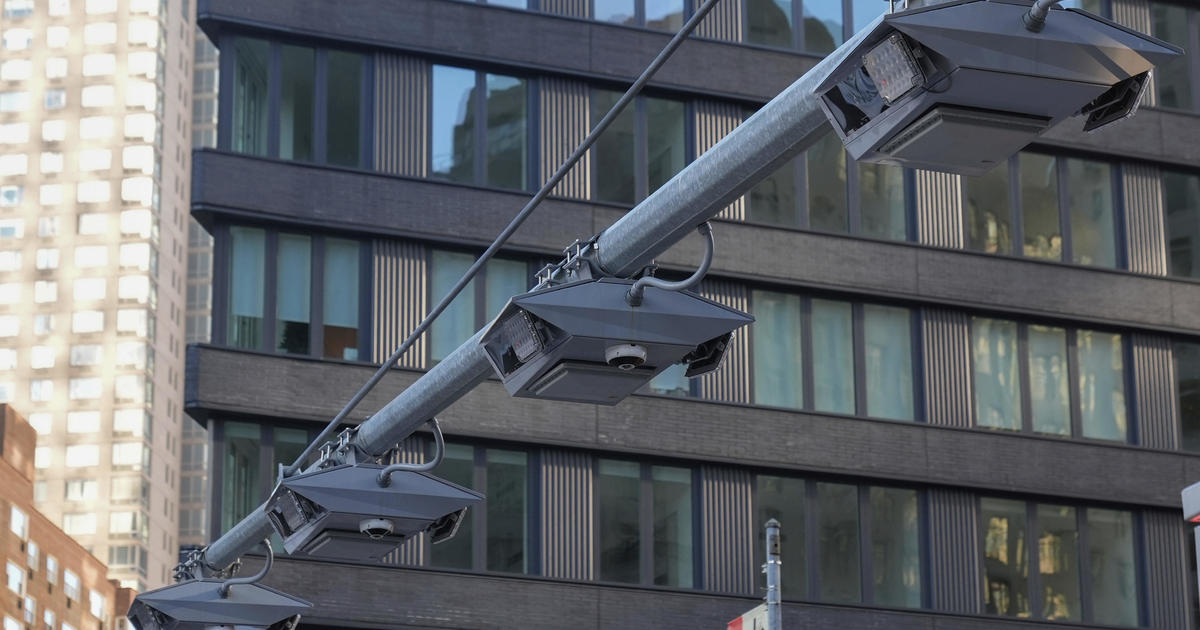Sweeny: Michael Pineda's Pain
By Sweeny Murti
>>More Columns
And now the conspiracy theorists come out.
Was Michael Pineda hurt when the Yankees traded for him? Why didn't they see that? Is this why his velocity was down at the end of last season? Did the Yankees get hosed? Can they undo the trade?
Okay--reality check. To paraphrase an old Henry Blake line in M*A*S*H--Rule number one is pitchers get hurt. Rule number two is people can't change rule number one.
Michael Pineda complained of shoulder soreness after Friday night's game, and the MRI the next morning revealed tendonitis. That's actually good news. It's not something that requires surgery, which is the fear when a guy tells you his shoulder hurts. Maybe this is similar to Phil Hughes last year, when the rest and rehab part lasted longer than anyone suspected it might, but there's no way to really know that yet.
In the minutes and hours after word of Pineda's injury spread on Twitter, it seemed there was no shortage of fans wanting to blame Brian Cashman for a stupid trade and the Yankees for being so supremely inept. So let's clear some of this up right now.
First, Pineda did not spend one minute in the trainer's room prior to Friday night. He insisted at every turn that he felt good and he gave off the impression of a confident pitcher who didn't feel the need to show off his fastball in spring training. And don't forget his numbers looked decent for spring training, and his fastball was still low 90's, not mid '80's the way Hughes's dropped last year when his problems became apparent. Pineda did not miss a single side session, or show any sign of physical pain until Friday night.
Next, the Yankees did not complete the January trade for Pineda until a complete physical, which does indeed include a shoulder MRI. Some people seem to be of the opinion that there was significant damage that the Yankees failed to catch during this exam. I didn't get where these experts went to medical school, but I'm quite certain the Yankees team doctors are indeed real physicians who know how to read MRI's. The tests done on Pineda in January were clean. They did not receive damaged goods.
There are also those who continue to point to Pineda's drop in velocity. While it's true that Pineda's average fastball velocity dropped a touch in the second half of last season, a very informative article by Dave Cameron of fangraphs.com published on March 6th includes the following explanation after viewing pitch by pitch data of Pineda's second-half starts:
"Pineda spent a good part of the second half of 2011 experimenting with pitching at reduced velocities early in games, and then he cranked up the volume when he needed to as the game wore on. Now, I think an argument could be made that it's a little disconcerting that Pineda feels it's necessary to start games with diminished velocity, suggesting that perhaps he doesn't feel he can throw in the mid-90s for 100 pitches per start over a full season. However, his performances from 2011 suggest that he's choosing to throw at lower velocities early in starts, and you'd certainly rather have velocity loss be due to something that the pitcher can change when he wants to, rather than simply being unable to throw as hard as he used to."
This explains why Pineda's "average" fastball velocity dropped, because he wasn't throwing as hard early in games, but still dialing it up later in games. And it gives credence to the idea that he had been holding back in spring training. It is incredibly difficult to maintain the mid to high 90's velocity first inning to the last, April through September (Stick Michael told me a while back that when prospect Brien Taylor was in AA he averaged 95 mph on his fastball for the entire season, and even Randy Johnson wasn't doing that back then). The velocity concerns are legit in connection with an injury. But its hard to say Pineda was hurt all spring simply because of the velocity.
If Pineda had suffered a more serious injury, there still is nothing to blame on the Yankees for making the deal. They traded for a young pitcher with electric stuff. Arm hurts? Okay, get it fixed and move forward. That's what the Yankees are doing. And let's not forget that this solves the "problem" of having too many starting pitchers for now.
The Yankees will see Michael Pineda pitch for them eventually. And when he does they will still have all the excitement of expecting a pitcher who was an All-Star in his rookie year to blossom fully into an even better pitcher. Put the conspiracy theories away for now. Pitchers get hurt sometimes. And you can't change that.
Sweeny Murti
www.twitter.com/YankeesWFAN



